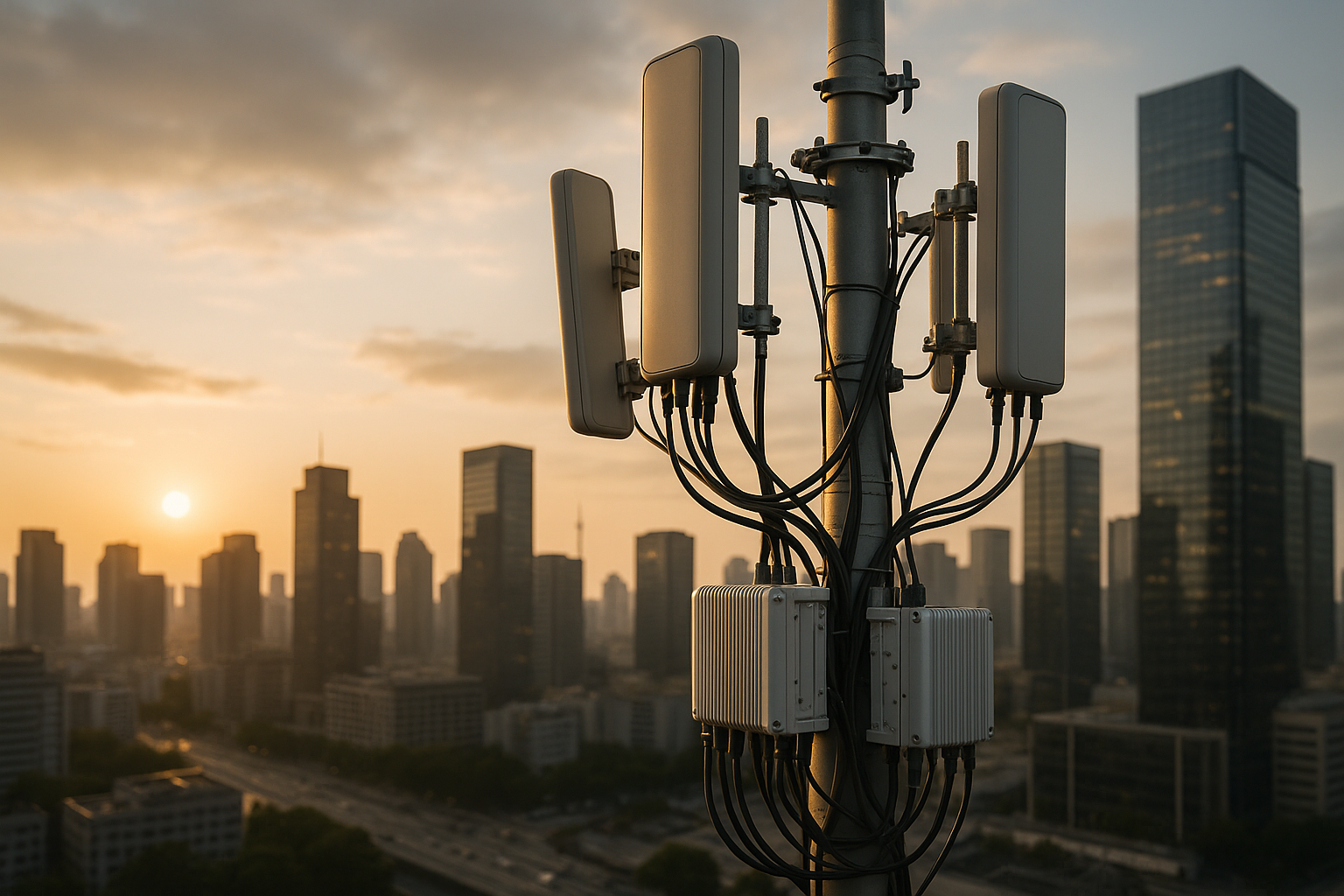Dynamic spectrum sharing strategies for crowded urban bands
Urban wireless bands face rising demand from mobile devices, fixed wireless access, and IoT. This article outlines practical spectrum sharing strategies operators and planners can apply to relieve congestion and improve broadband performance in dense metropolitan environments.

Urban radio environments are increasingly congested as broadband demand grows, driven by high-density residential and commercial use, streaming traffic, and an expanding IoT footprint. Effective dynamic spectrum sharing can help balance capacity, control latency, and provide resilient connectivity without relying solely on new licensed allocations. The approaches described below cover radio-layer coordination, backhaul choices, edge optimization, and routing strategies that work together to improve overall spectrum efficiency and user experience.
How can 5G and CBRS ease spectrum pressure?
Dynamic sharing frameworks such as Citizens Broadband Radio Service (CBRS) and flexible 5G network slicing allow multiple operators and services to coexist in the same urban bands. CBRS’s tiered access model and automated spectrum access systems (SAS) enable opportunistic use of underutilized frequencies while protecting incumbent systems. 5G’s centralized and distributed RAN features permit dynamic allocation of radio resources between slices with different quality-of-service profiles, helping to prioritize low-latency or high-throughput traffic as needed. Coordinated spectrum management, combined with policy-driven SAS and slice orchestration, reduces contention and improves utilization without long delays for new spectrum auctions.
What role do fiber and satellite links play?
Dense urban deployments rely on a mix of fiber and satellite backhaul to support constrained local radio resources. Fiber provides high-capacity, low-latency aggregation for cell sites and edge nodes, enabling more aggressive offloading of traffic and finer-grained spectrum coordination. Satellite solutions, including low Earth orbit (LEO) systems, can add redundancy and reach areas with limited terrestrial infrastructure, though they generally have different latency and throughput characteristics. Integrating fiber-rich urban cores with selective LEO or geostationary links for resilience helps maintain consistent broadband performance when local spectrum becomes congested.
How to reduce latency and maintain QoS?
Minimizing latency in crowded bands depends on a combination of radio techniques and end-to-end network policies. At the radio layer, dynamic transmit power control, adaptive modulation and coding, and fast scheduling reduce retransmissions and queueing delays. At the network layer, explicit QoS tagging and policy enforcement preserve priority for sensitive traffic. When deploying fixed wireless access (FWA) and cellular overlays, planners should model interference and allocate guard bands or dynamic frequency offsets to prevent degradation. Together, these measures keep latency within acceptable bounds for interactive services while maintaining fairness across users.
Can edge caching and peering improve throughput?
Edge computing, localized caching, and selective peering reduce backhaul loads and lower perceived latency, easing pressure on congested urban spectrum. By placing popular content and compute capabilities closer to access points, operators shorten the data path and reduce the amount of upstream spectrum usage during peak periods. Strategic peering with content providers and Internet exchanges also decreases the need for long-haul transport across crowded links. These measures complement spectrum sharing by addressing demand-side factors rather than relying only on additional radio resources.
Which routing, mesh, and FWA tactics help dense areas?
Routing choices and mesh topologies can extend capacity where spectrum is scarce. Intelligent multi-hop mesh designs using directional links can create local high-capacity corridors without consuming broad swathes of spectrum. For last-mile coverage, FWA (fixed wireless access) can deliver broadband over shared bands when integrated with dynamic channel allocation and interference-aware routing. Combining wired fiber trunks, wired/wireless hybrid routing, and adaptive mesh reconfiguration improves resilience and allows traffic to be steered away from congested segments in real time.
Implementation considerations and regulation for urban bands
Deploying dynamic sharing requires coordinated systems engineering and clear regulatory frameworks. Spectrum sensing, SAS, and inter-operator coordination mechanisms must interoperate to avoid harmful interference. Operators should monitor metrics such as spectrum occupancy, throughput, and latency, and use automated controllers to adjust allocations. Public policy can support sharing through defined access tiers and dispute-resolution procedures. In parallel, planners should account for hardware constraints, site permissions, and community concerns when densifying networks or adding small cells in urban neighborhoods.
Conclusion Dynamic spectrum sharing in crowded urban bands is a multifaceted challenge that benefits from a combined approach: regulatory models like CBRS, 5G slicing, robust fiber backhaul, targeted satellite redundancy, edge caching, and adaptive routing and mesh designs. Together these strategies help improve broadband capacity, manage latency, and maintain QoS in dense settings while allowing operators and communities to make more efficient use of existing spectrum assets.





